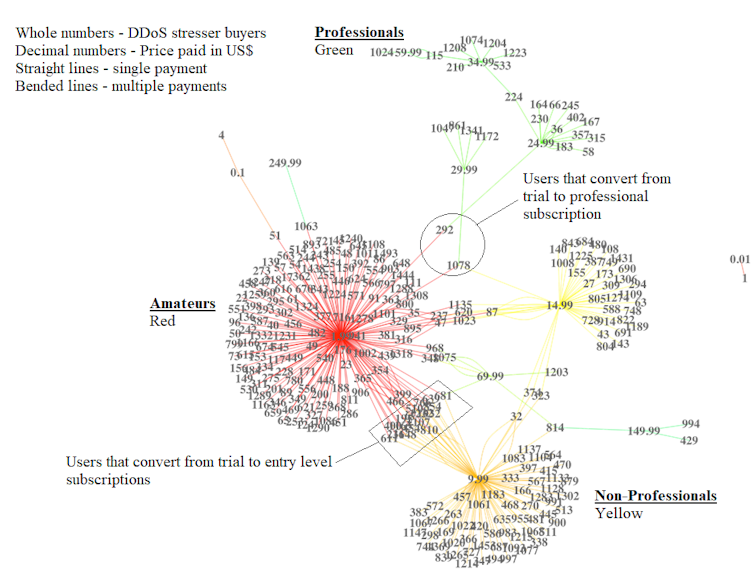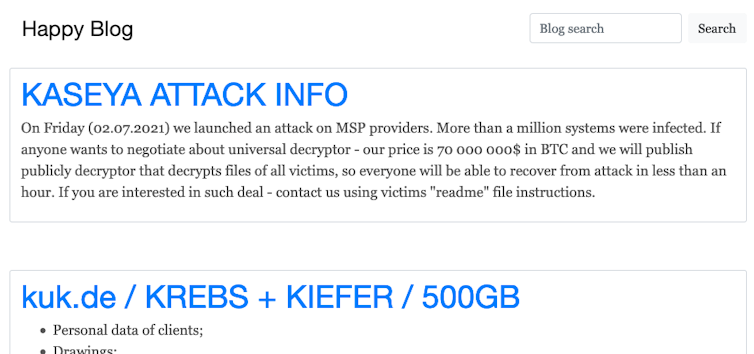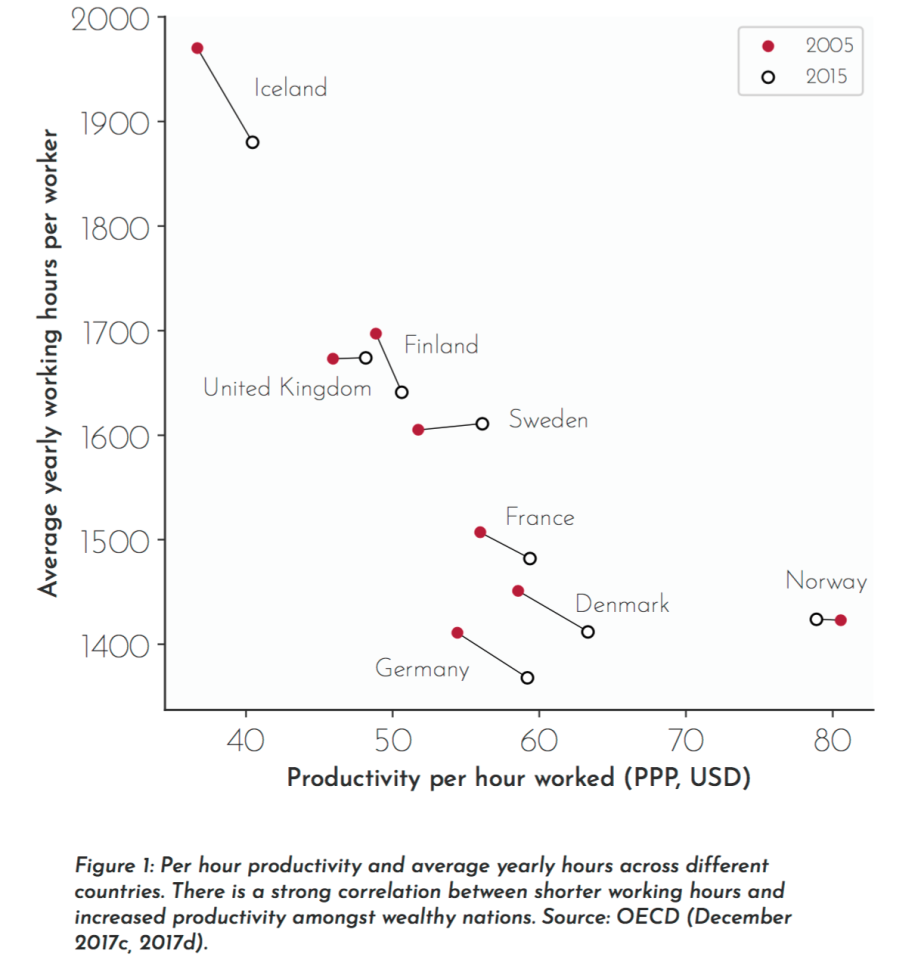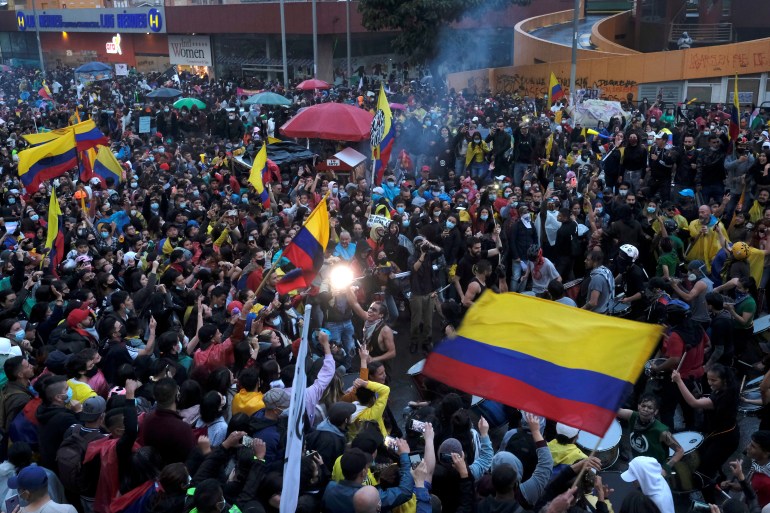Report: Malaysian ‘Troll Army’ Targeted Israelis During Conflict With Hamas
Anti-Israel activists sought to intimidate users on Twitter, Facebook, and WhatsApp
A series of cyberattacks aimed at shutting down pro-Israel social media accounts and spamming Israelis with abusive messages during the military conflict with Hamas was coordinated by a Malaysian "troll army," according to researchers who have been tracking the network's activities.
The campaign was "organized and led by a network of Malaysian anti-Israel and extremely influential organizations and groups, with hundreds of thousands of combined views and followers," according to research published by the Meir Amit Intelligence and Terrorism Information Center. Thousands of Israelis and pro-Israel leaders were targeted, including high-profile officials such as former prime minister Benjamin Netanyahu.
The "military-grade" attacks—which shut down the WhatsApp number for Israel Defense Force spokesman Avichay Adraee and flooded Israeli actress Gal Gadot's social media with harassing messages—show how anti-Israel activists are increasingly manipulating social media platforms such as Twitter, Facebook, and WhatsApp to crush support for Israel and intimidate the Jewish state's defenders. As anti-Semitism spikes across the globe in the wake of Israel's most recent conflict, there is concern that online vitriol is fueling real world violence—especially when these hacker groups publish personal information.
"The attacks illustrate once again the lack of responsibility by social media platforms to ensure that their users are able to freely express legitimate opinions and to facilitate public debate that does not hinder or silence one side or another of the discourse," the center's research says. "The attacks also illustrate an urgent need among social media platforms to take a more proactive and comprehensive response to ensure that their forums are used appropriately and safely."
A spokeswoman for WhatsApp said the company bans about 3 million accounts each month for engaging in abusive behavior and spam.
"Creating a safe space for users to communicate with one another is a priority and we work to reduce any spam messages that come through our system," the spokeswoman told the Washington Free Beacon.
Facebook and Twitter did not respond to request for comment. The IDF declined to comment.
Postings tied to the Malaysian activists first appeared in mid-May, when Iranian-backed Hamas terrorists fired thousands of missiles at Israel. One Twitter message from that time offered harassment instructions to what it described as a "Malaysian troll army" and a "guerilla army activity for Palestine."
A picture posted along with the Malay-language tweet instructed viewers on how to specifically harass prominent pro-Israel leaders and block their social media accounts. That initial message, sent from a Twitter account with 831 followers, racked up more than 15,000 retweets.
To avoid getting banned on Twitter for spam, the infographic instructed supporters to start sending the harassing messages at 10 a.m. and continue every 5-to-10 minutes for two hours, using phrases that would fly under the radar of Twitter's anti-abuse policy, such as "Israhell," "Filastini," and "zio_nis."
Prominent Malaysian hacking groups also joined the fight, launching cyberattacks on Israelis and pro-Israel leaders. One group, known as DragonForce Malaysia, leaked personal, identifying information, including phone numbers, of Israeli doctors, artists, police officers, and soldiers. This leak led to a massive campaign of harassment on messaging apps like WhatsApp.
The hacking group instructed its followers to "spam" the Israeli phone numbers with just under 10 messages a day "to avoid you being banned by WhatsApp … Goodluck and have fun!"
A group called Tentera Netizen Malaysia, translated as the "Malaysian Army of Internet Citizens," took credit for getting the phone number of IDF spokesman Avichay Adraee banned on WhatsApp by repeatedly reporting it and targeting it with spam. Other trolls posted screenshots of harassing messages they sent to random Israeli WhatsApp accounts, including "You gonna die" and "The world with Palestine!"
Around the same time, a Telegram user identified as Nadir Al-Nuri posted a list of pro-Israel Facebook pages that he said should be targeted. "The intention is to keep them busy with other matters besides hitting our brothers," Al-Nuri wrote on May 14 to his 256,000 followers. That post was viewed at least 138,000 times.
A similar list of pro-Israel Twitter accounts was also posted and reposted across Twitter. Users identified Al-Nuri as the list's creator. These lists were posted along with "instructions on how to block the pro-Israel influencers' Twitter accounts by entering incorrect passwords with the influencers' username multiple times."
"These Malaysian groups designed and disseminated among their followers detailed instructions on how to attack, whom to attack and what content to use," according to the research. "The attacks took place using two main methods, namely by harassing and trolling pro-Israel accounts and by suspending or blocking pro-Israel accounts."
Activists associated with the anti-Israel network also used coded hashtags to amplify their messages. In some cases, these postings were mentioned more than half a million times, with a total reach of more than 250 million users.
Such hacking attacks are not new. The New York Times reported last month that Iranian agents infiltrated groups on social media and messaging applications as part of a disinformation campaign against Israel.
Update 3:20 p.m.: This post has been updated with comment from WhatsApp.























![Demonstrators clash with police during anti-government protests in Medellin on June 28, 2021 [File: Santiago Mesa/Reuters]](https://www.aljazeera.com/wp-content/uploads/2021/07/2021-06-29T144121Z_857375548_RC2T9O9BOOG0_RTRMADP_3_COLOMBIA-PROTESTS.jpg?resize=770%2C513)
